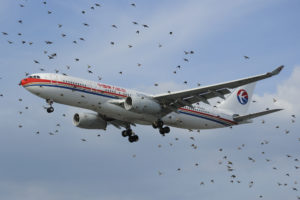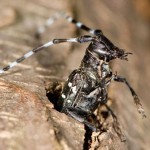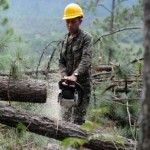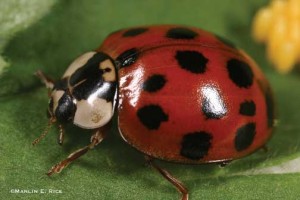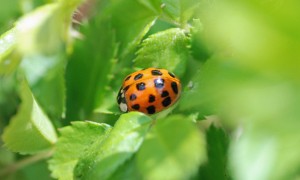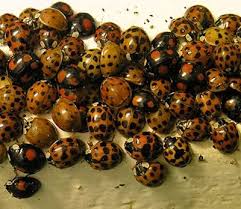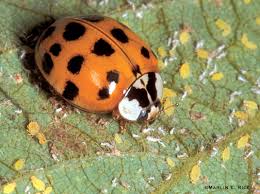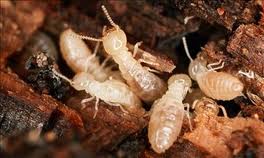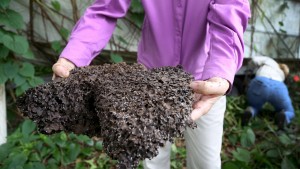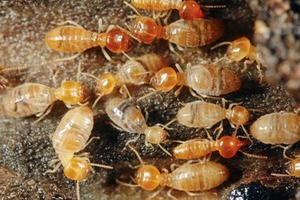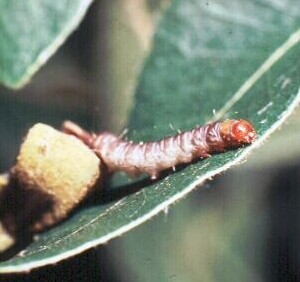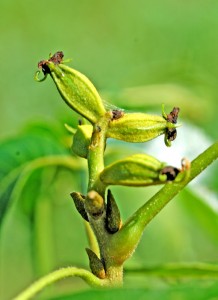 The phrase “Good night, sleep tight, and don’t let the bed bugs bite.” It may seem harmless, but bed bugs can be a serious problem. Bed bugs can be more harmful to certain people than others, causing health concerns ranging from itchiness to allergic reaction. Bed bugs are one of the most difficult pest problems to eradicate quickly. Bed bugs have existed since ancient times and are found throughout the world. They reside in unusual places; they are also likely to be found in small cracks near a bed or in comforters and bed sheets.
The phrase “Good night, sleep tight, and don’t let the bed bugs bite.” It may seem harmless, but bed bugs can be a serious problem. Bed bugs can be more harmful to certain people than others, causing health concerns ranging from itchiness to allergic reaction. Bed bugs are one of the most difficult pest problems to eradicate quickly. Bed bugs have existed since ancient times and are found throughout the world. They reside in unusual places; they are also likely to be found in small cracks near a bed or in comforters and bed sheets.
Bed bugs also spread infections which are more likely to develop in children, those with suppressed immune systems and the elderly, especially those who are bedridden and unable to walk. Also, some people bitten by bed bugs have experienced allergic reactions that require medical attention, especially when exposed to numerous bites.
The greatest risk posed by bed bugs is the psychological concerns resulting in lack of sleep and stress. Bed bug bites do not typically become visible until a day or more after the insect’s feeding, if at all since some people never react to being bitten. In extreme reactions, large wheels can appear. These wheels gradually reduce in size, becoming small, red marks. Bed bug bites can cause itching and may also result in swelling or blister-like skin inflammations. It is important to note that other non-bed-bug sources can result in skin irritations as well.
A bed bug bite affects each person differently. Bite responses can range from an absence of any physical signs of the bite to a small bite mark to a serious allergic reaction. Bed bugs are not considered to be dangerous; however, an allergic reaction to several bites may need medical attention.
Now a day’s bedbugs are also seen on airplane flights and they have been biting the passengers. Bed bugs can spread through close proximity with fellow travelers as well as their belongings. They also thrive where there is the frequent turnover of people. On airplanes, people are in close proximity, are not able to move other than on the plane, and their belongings are required to stay untouched for long periods of time. This is an excellent recipe for bed bug transmittal. The flight which was supposed to be a smooth ride has become a bumpy ride.
Let us have a look at some news articles
Airline Apologizes for Bed Bugs on Flight
By BBC
British Airways has apologized to a Canadian family after they were bitten by bed bugs on an overnight flight, BBC reported.
British Airways has apologized to a Canadian family after they were bitten by the bed bug
on an overnight flight, BBC reported.
Heather Szilagyi was flying from Vancouver to London with her eight-year-old daughter and fiancé earlier this month, CTV reported.
After spotting the bugs, Ms. Szilagvi complained to the flight attendant but was told she could not change seats.
She said she and her daughter woke up the next morning covered in bug bites.
British Airways offered an apology to the family.
Bed bug outbreaks hit British Airways flights
By Sun
British Airways plane infested with bed bugs was allegedly kept in service despite staff knowing about the problem.
The Sun reports that staff at the airline logged the issue after the insects were spotted and passengers bitten on a flight from the US to Heathrow last week. So serious was the problem that an entire row 47 was closed in economy class, the newspaper said.
But staff claimed that engineers did not have time to deal with the bugs and bosses decided to keep the aircraft in service. Days later another “severe” infestation was reported on the same Boeing 747 during a flight from Cape Town to Heathrow.
But outbreaks do occasionally occur in the sky. “There are numerous cases of bed bugs being spread on airplanes,” according to Bed-Bugs.com, which offers extermination services.
Pesticides have detrimental effects on human health and cause harmful diseases so instead of using outdated control measures we can make use of our product, our product.
We, at C Tech Corporation, have thought about this problem in detail and have come up with a viable solution. The solution is named Combirepel™. We are the sole manufacturers of the product Combirepel™.
Combirepel™ works on the mechanism of repellency. It temporarily inhibits the mating cycle of the insects. The product impairs the ability of the insects to reproduce, that is the insects will not lay eggs or the laid eggs will be infertile. The product causes feeding disruption in an insect by triggering an unpleasant reaction within the insect which might try to feed on the application.
The product temporarily blocks the reproduction system of the insects by hindering the release of the vital hormones for growth.
Combirepel™is an extremely low concern, low in toxicity, low hazard, non-carcinogenic and non-mutagenic insect aversive. It does not kill or cause harm to insects as well as to the environment which indirectly helps to maintain the ecological balance.
Combirepel™ is available in the form of the liquid concentrate can be mixed in paints in a predetermined ratio and be applied on the material which has to be protected from termites
Combirepel™ in the lacquer form can be applied topically to the applications. The lacquer is compatible with most of the surfaces like wood, concrete, metal, polymer, ceramic, cables, wires etc.
Combirepel™ in the form of the masterbatch, which can be incorporated into the polymeric applications like polymeric tree guards, pipes, wires, cables, polymeric material, instruments and equipment which we use at home.
Combirepel™ in the form of a spray can be sprayed to already installed wires and cables and any surface or material infested with pests.
Combirepel™ is thermally stable and does not degrade on exposure to heat and sunlight. It does not kill or harm the insect but repels them. It does not volatilize and does not degrade the soil. It is RoHS, RoHS2, ISO, REACH, APVMA, NEA compliant and FIFRA exempted.
Contact us at technical.marketing@ctechcorporation.com to keep the pests away.
Also, visit our websites:
http://www.ctechcorporation.com/
http://www.rodrepel.com/
http://www.termirepel.com/
http://www.combirepel.com/
Follow our Facebook pages at:
1] https://www.facebook.com/Combirepel-411710912249274/
2] https://www.facebook.com/Termirepel-104225413091251/
3] https://www.facebook.com/Rodrepel-120734974768048/
Follow us on our Twitter pages at:
1] https://twitter.com/rodrepel
2] https://twitter.com/termirepel
3] https://twitter.com/combirepel


